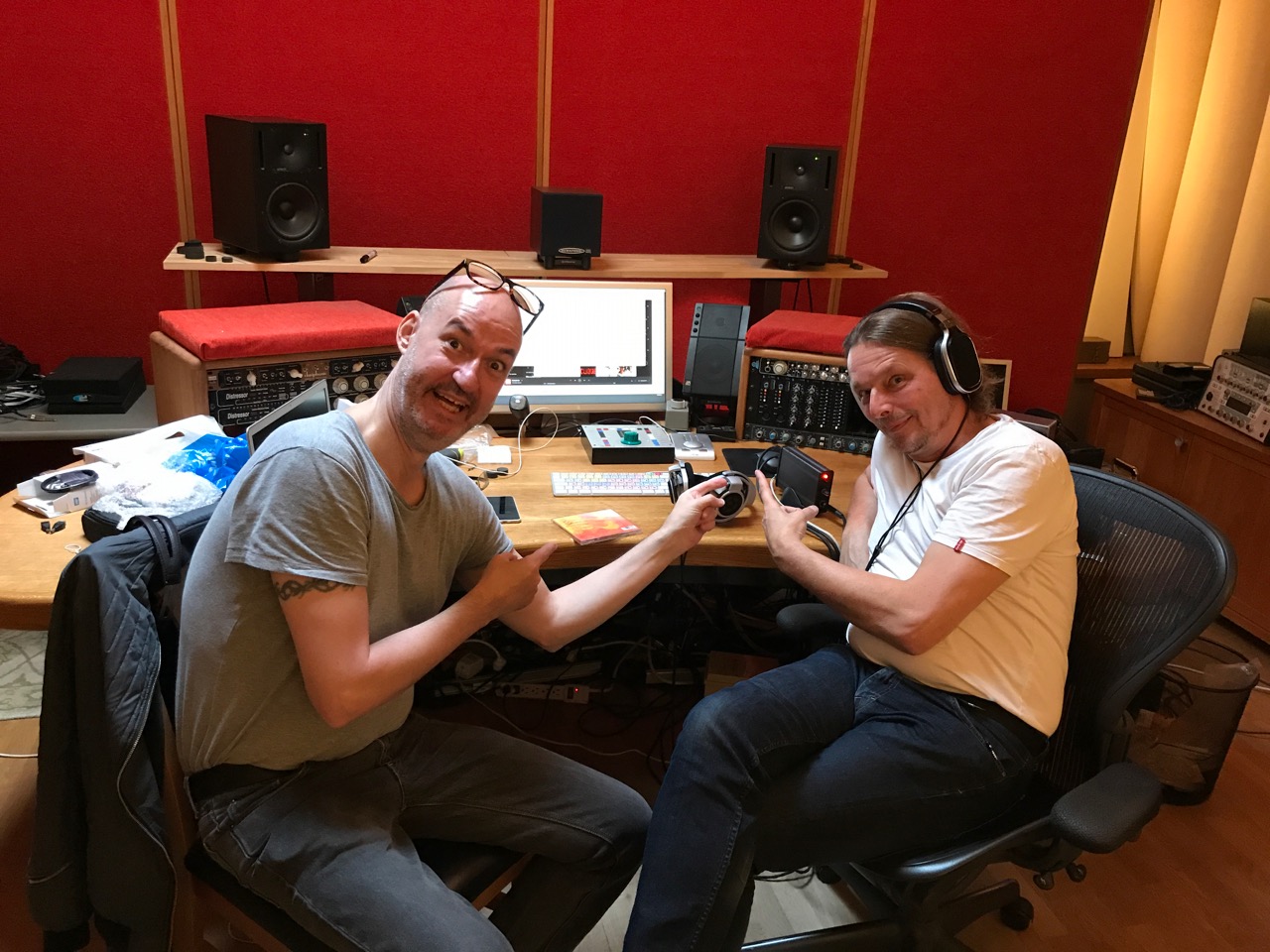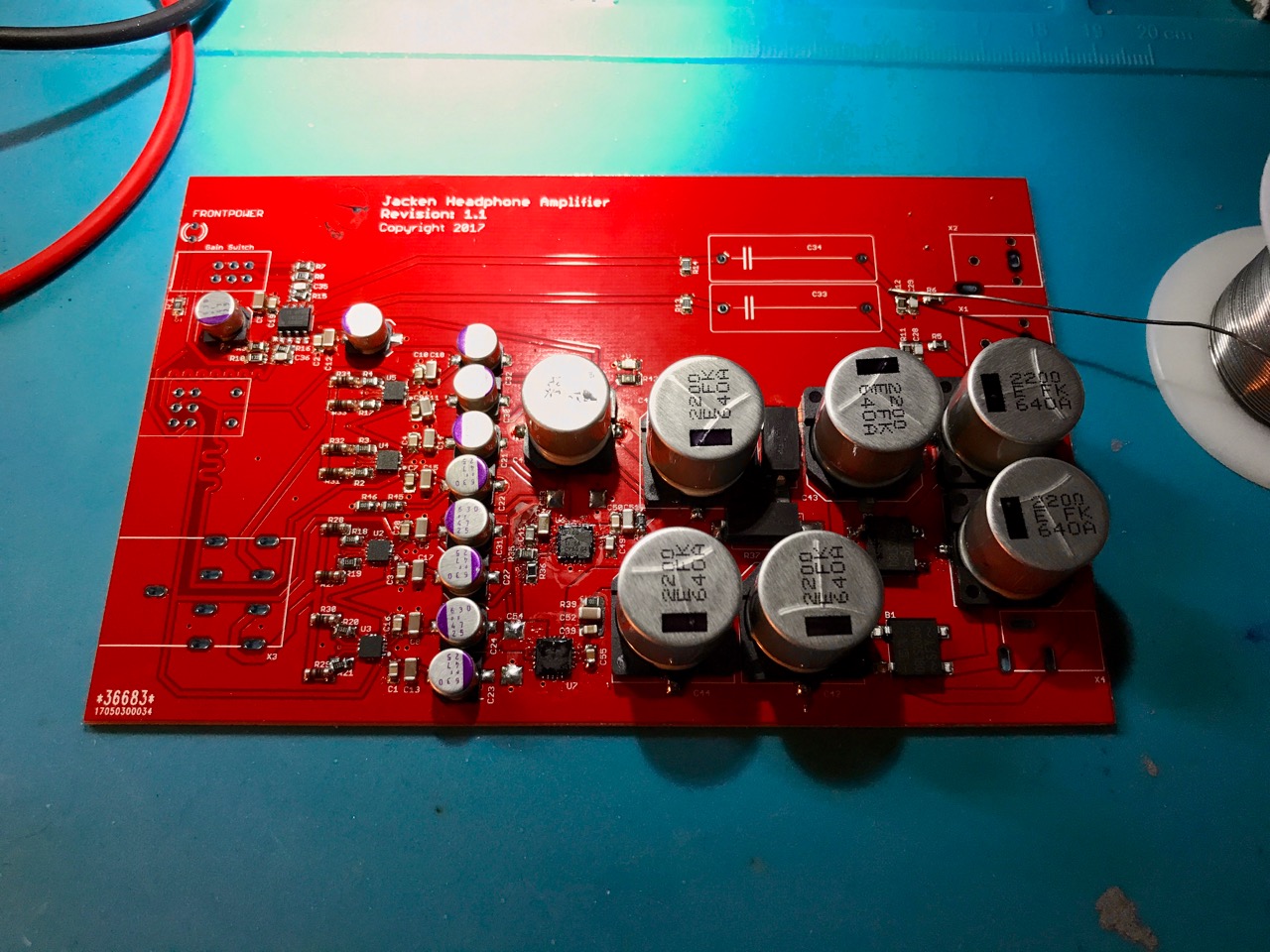Nope! I was somewhat closely involved with the OPA828 development in its early stages but I wasn't the lead for that product.
For now, you'll just have to be patient...
OK, you didn't have to be patient very long! Here's a sneak peak of the precision version of my swan song project:
OPA2156 Ultra-Low Noise (3nV/rtHz), 25MHz, Precision (200uV), Rail-to-Rail Input/Output Amplifier | TI.com
Prototype samples of this version are available now. A more audio-centric version of this product will follow along soon.
OK, you didn't have to be patient very long! Here's a sneak peak of the precision version of my swan song project:
OPA2156 Ultra-Low Noise (3nV/rtHz), 25MHz, Precision (200uV), Rail-to-Rail Input/Output Amplifier | TI.com
Prototype samples of this version are available now. A more audio-centric version of this product will follow along soon.
Not bad at all.... It's CMOS, right ? Or is it JFET ? I've been looking at the opa1678, like the pricing, but would like something a little faster, a little less noisy and better offset specs, exactly what the opa2156 offers....
The question is, does the dual mode input circuit affect the audio performance, off course when Vcm is below V+ -1.25V ?
And what will the opa2156 be priced at, or do the $2.10 preproduction price stand (did I say I really like the opa1678 pricing) ?
What will the audio-centric version be like ?
Last edited:
Would you be publishing details on PSRR, CMRR, Open Loop Gain and Phase, etc.
Patrick
Of course. This is just a preliminary datasheet until the device releases to market with a full version. All standard curves will appear in the production datasheet.
Not bad at all.... It's CMOS, right ? Or is it JFET ? I've been looking at the opa1678, like the pricing, but would like something a little faster, a little less noisy and better offset specs, exactly what the opa2156 offers....
The question is, does the dual mode input circuit affect the audio performance, off course when Vcm is below V+ -1.25V ?
And what will the opa2156 be priced at, or do the $2.10 preproduction price stand (did I say I really like the opa1678 pricing) ?
What will the audio-centric version be like ?
It's CMOS. I've been a major proponent of modern CMOS processes since I really think they are able to hit lower broadband noise than JFETs (in op amps, not talking discretes). OPA1678 proves this, and I'm glad you like the price. That was one of my developments as well.
The rail-to-rail input shouldn't affect the audio performance when the common-mode is below V + - 1.25V. That was actually a major focus area on the design. I spent a lot of time in the lab identifying sources of non-linear input currents when the common-mode voltage is varying. It's not perfect, the OPA1642/2140/827 are really really good in that regard, but it's as good as the older Burr-Brown DiFET parts like OPA627.
I'm probably not allowed to say too much about the audio version at this point. However, in broad terms I can say that the distortion will be lower and the architecture is slightly simpler, which was my preference for audio op amps. The price will also be lower, although I'm not sure where the group will price the part, but it definitely won't be OPA1678 low. Unfortunately, I had to hand these off to another engineer when I switched roles recently.
Did anyone notice the output current? It's got a pretty hefty output stage. Not OPA1622 hefty, but still more current than the usual audio op amp.
It's CMOS. I've been a major proponent of modern CMOS processes since I really think they are able to hit lower broadband noise than JFETs (in op amps, not talking discretes). OPA1678 proves this, and I'm glad you like the price. That was one of my developments as well.
I don't think anything else can beat $0.25 price/performance wise.... Not many seems to have noticed the part, I'm trying to find out how good it really is for audio use, but can't find much info, although it should sound like the opa1652 that it's based on .... I have this idea that the sound signature of CMOS would be a good match for a discrete R-2R DAC....
The rail-to-rail input shouldn't affect the audio performance when the common-mode is below V + - 1.25V. That was actually a major focus area on the design. I spent a lot of time in the lab identifying sources of non-linear input currents when the common-mode voltage is varying. It's not perfect, the OPA1642/2140/827 are really really good in that regard, but it's as good as the older Burr-Brown DiFET parts like OPA627.
Yes, the opa1642 is another candidate, very impressive input capacitance linearity.... The pricing of the opa1678 is very tempting, but in principle paying $1.40 for the opa1642 shouldn't really ruin the budget....
I'm probably not allowed to say too much about the audio version at this point. However, in broad terms I can say that the distortion will be lower and the architecture is slightly simpler, which was my preference for audio op amps. The price will also be lower, although I'm not sure where the group will price the part, but it definitely won't be OPA1678 low. Unfortunately, I had to hand these off to another engineer when I switched roles recently
Sounds like the right way to do it....But my problem is I need to make the decision soon....
Did anyone notice the output current? It's got a pretty hefty output stage. Not OPA1622 hefty, but still more current than the usual audio op amp.
Yeah, 130 mA, that's one bad boy, but isn't that the same as the opa1622 ?? I'm actually not that impressed by the opa1622 otherwise, too slow and its pinout make it single source....
Yeah, 130 mA, that's one bad boy, but isn't that the same as the opa1622 ?? I'm actually not that impressed by the opa1622 otherwise, too slow and its pinout make it single source....
I think when comparing actual distortion into a 32 ohm load, OPA1622 will probably come out ahead. The output stage in OPA1622 was designed specifically to deliver lots of current with very low distortion and still be stable with large capacitive loads. I haven't done a comparison on the bench yet though, too many powerpoints to do...
The OPA1622 development was for a very specific application: high fidelity headphone amplifiers in portable electronics. So the design decisions we made all revolved around that. OPA2156, and it's audio variant, are meant to be high performance amplifiers for a broad variety of applications. Same IC designer did both chips by the way.
Do they have the same "kinky phase" as the OPA1611? I.e. the pole-zero compensation that creates a phase wobble just before the UGBW? I'm guessing from the GBW spec that the 2156 does, but it would be nice with the open-loop gain/phase plot.
Tom
The OPA2156 does not use pole-zero compensation, this was done to preserve excellent settling time performance.
@johnc124
OPA2156 is a very interesting chip.
What I am unsure about is the Min Voltage supply.
Is it 4 or 4.5V
It's 4.5V. I let the engineer responsible know that there was a mistake in the parametric table on the web product folder yesterday.
After a lot of different designs, I've finally completed my headphone amplifier with four OPA1622 summoned as output op amps. First beta-tester, Rammsteins producer Jacob Hellner! He tried three different DACs and spent an hour testing and decided to include my amp in his mixing chain. Very proud.
Hopefully I can make it to production, because now I'm building them by hand which takes a long time with almost everything in SMD.
Anyone that says that the Sennheiser HD-800S doesn't do bass, haven't tried my amplifier

Here's an amplifier directly out of the reflow oven. Needs an ultrasonic bath obviously.

Hi. Sorry for bothering. But I some questions really. You seem to have 4 channels per side from two opa1622s. How do you keep the opamps stable? I built very similar amp for school project and only managed to get two in parallel stable. I do have ouput resistors of 0.33ohms. I used the topology of shared Vin+ and unity buffer configuration to reduce noise further and without introducing phase delay. I ended up using two opa827s in parallel for better sound and superior stability imo.
Do you have measurements to share with us? Like dc offset distortion noise etc.
Thanks in advance.
@johnc124
OPA2156 is a very interesting chip.
What I am unsure about is the Min Voltage supply.
Is it 4 or 4.5V
1/f noise not so good for audio.
For a CMOS amplifier its remarkable. Combined with the low current noise you can get pretty amazing results from a higher impedance source. There is no plot of current noise vs frequency or noise figure vs. impedance. The higher noise corner is a problem in many audio applications from low impedance sources. Subjectively it will still be quiet since the most sensitivity to noise is around 2-3 KHz.
the resistor noise will always be there. low current noise only means it won't be multiplied. It will as high as the resistor itself. Sure high source impedance is unavoidable you should use jfet cmos to avoid current noise contribution. But it will never compete with low impedance source to begin with.
- Home
- Vendor's Bazaar
- New Audio Op Amp - OPA1622